It’s essential to have the correct RH technique in order to improve in your playing. First we must focus on the right hand and the proper technique associated with it.
Having proper technique will make playing much easier and allow you to play more challenging repertoire and exercises.
Fingers and Strings
Thumb should be on the sixth, fifth, and fourth strings while the index middle ring will be on the third, second and first strings.
P = 6, 5, 4
I = 3
M = 2
A = 1
Right hand positioning
The right hand should be hovering over the sound hole in the middle. You can also place it back slightly as well for a different timbre. Make sure the right hand is relaxed while hanging over the strings.
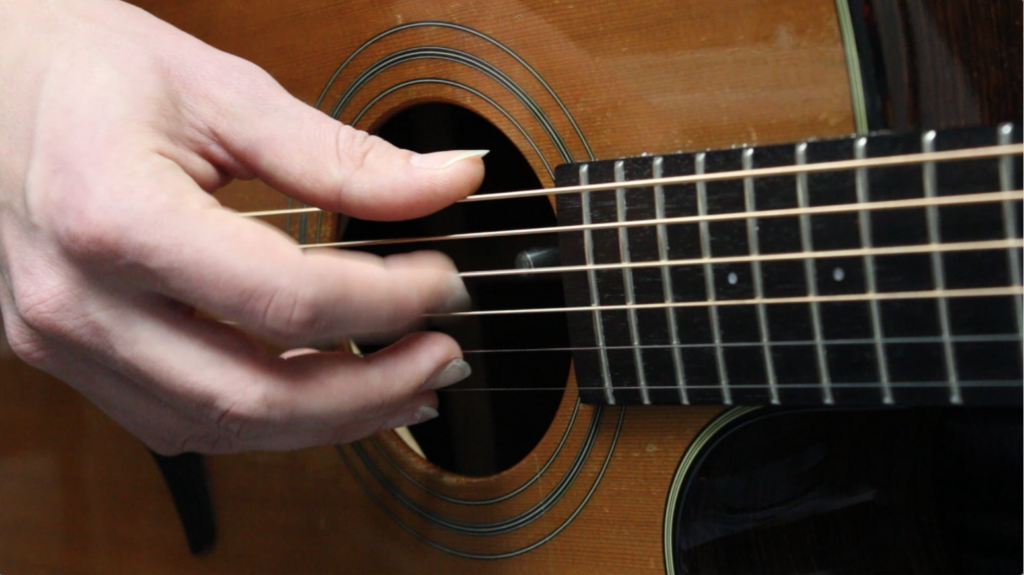
Attack motion
The attack should be a motion of the fingers coming in towards the palm. Prevent yourself from plucking up, or a clawing attack, which will cause the strings to be bright and thin.
Here is a video on beginner finger picking patterns I recommend:
Practice this with your own songs, or solely to work on your technique in order to improve your playing.
Learn more about technique through our FREE Fingerstyle Workbook!
FOLLOW US ON
Get our FREE Fingerstyle Workbook!
RELATED BLOG POSTS
Guitar Palm Muting Exercises
Palm muting is a technique that involves lightly resting the edge of your picking hand on the strings near the bridge of the guitar to create a muted, percussive sound. It is commonly used in genres such as metal and punk to add a punchy and aggressive quality to rhythm parts. Mastering palm muting requires practice and control to achieve the desired tight and rhythmic sound.
One effective exercise to improve your palm muting technique is to start with simple power chord patterns. Begin by playing a basic power chord on the low E string, using your picking hand to lightly rest on the strings near the bridge to mute the sound. Practice strumming with a consistent and even pressure to achieve a tight and percussive sound.
As you become more comfortable with palm muting power chords, you can experiment with different rhythms and patterns to create variations in your playing. Practice accenting certain beats and adding syncopated rhythms to enhance the overall groove and feel of your palm-muted playing.
Focus on maintaining a steady and consistent muting technique as you practice different chord progressions and strumming patterns. Pay attention to the amount of pressure you apply with your picking hand to achieve the desired level of muting while still allowing the notes to ring out clearly. By incorporating palm muting exercises into your practice routine, you will improve your rhythm and precision on the guitar, creating a dynamic and powerful sound in your playing.
Guitar String Skipping Techniques
String skipping is a technique that involves jumping over strings to create unique and intricate sounds on the guitar. It is commonly used in genres such as rock and metal to add complexity and interest to solos and riffs. Mastering string skipping techniques requires practice and precision, as it involves precise coordination between your pick strokes and fretting hand movements.
One effective exercise to improve your string skipping skills is to start with simple two-string patterns. Begin by placing your fretting hand on the 5th fret of the low E string and play the following pattern: E5, D7, G5. Use a combination of alternate picking and legato techniques to skip over the A string while maintaining a smooth and even rhythm.
As you become more comfortable with two-string patterns, you can gradually increase the complexity of the exercises by incorporating larger intervals and string skips. Experiment with different scales and arpeggios to create unique and challenging string skipping patterns that will enhance your overall guitar playing.
Focus on developing clean and precise movements with both your picking hand and fretting hand to ensure a smooth transition between strings. Practice slowly and gradually increase your speed as you build confidence with the technique. By incorporating string skipping exercises into your practice routine, you will improve your dexterity and coordination on the guitar, opening up new creative avenues for your playing.
Guitar Sweep Picking Exercises
Sweep picking is a technique that involves playing a series of notes on adjacent strings with a single pick stroke in a fluid, sweeping motion. It is commonly used in genres such as metal and fusion to create fast and flowing arpeggios. To master sweep picking, it is essential to practice specific exercises that will help improve your technique and coordination.
One of the most effective sweep picking exercises is to start with simple three-string arpeggios. Begin by placing your fretting hand on the 7th fret of the low E string and play the following pattern: E7, A9, D9. Use a downstroke to play the E string, then perform a fluid picking motion to sweep across the A and D strings. Repeat this pattern slowly and evenly, focusing on keeping your pick strokes smooth and consistent.
As you become more comfortable with three-string arpeggios, you can gradually increase the complexity of the patterns by adding more strings and incorporating different chord shapes. Practice sweeping up and down the strings in various patterns, using both major and minor arpeggios to develop your sweep picking proficiency.
Remember to start slow and gradually increase your speed as you build confidence with the technique. Strive for precision and cleanliness in your playing, as sweep picking requires a high level of coordination between your picking hand and fretting hand. By incorporating sweep picking exercises into your practice routine, you will enhance your overall guitar skills and unlock new creative possibilities in your playing.
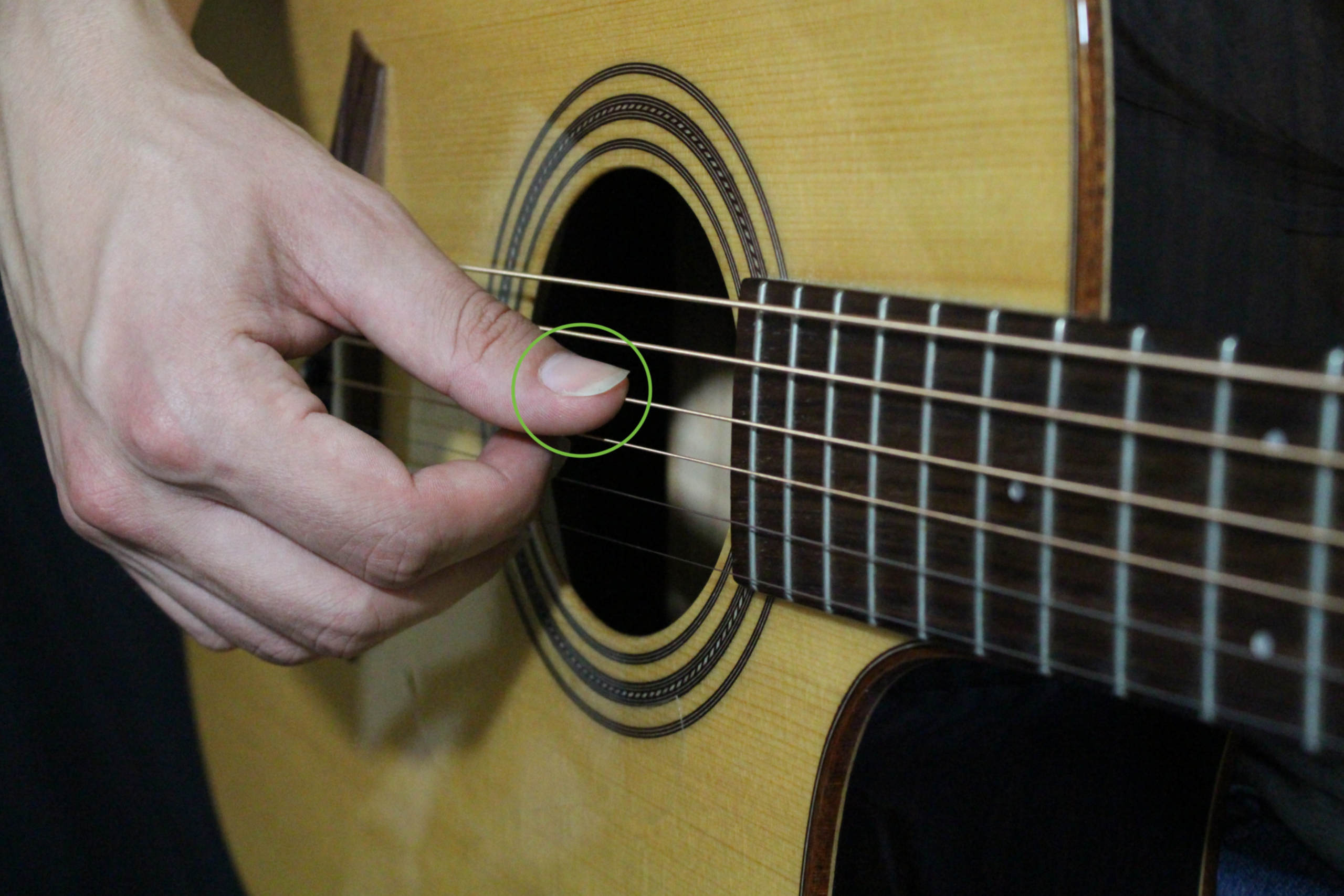
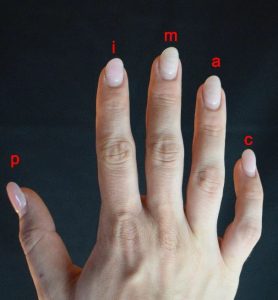
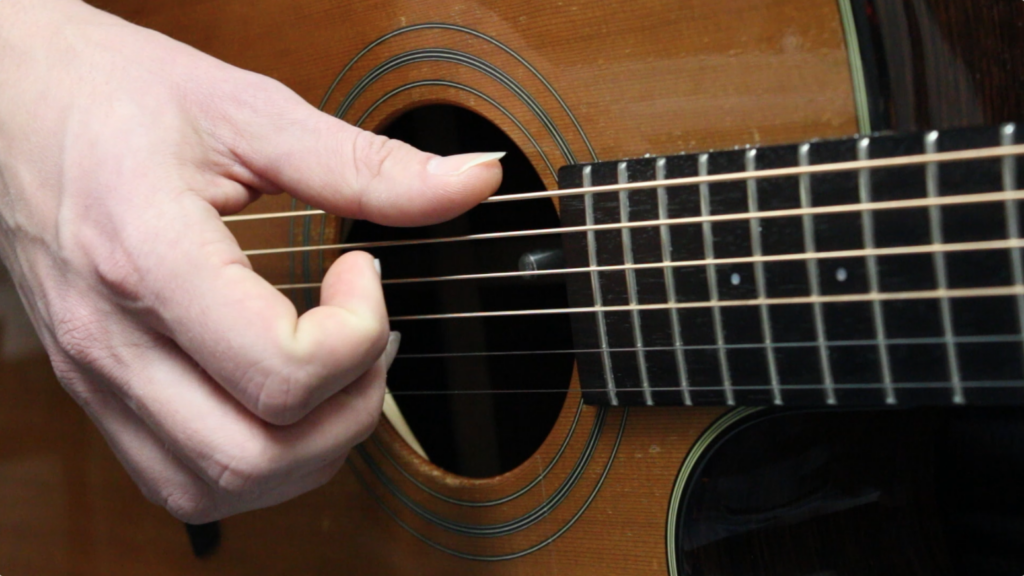
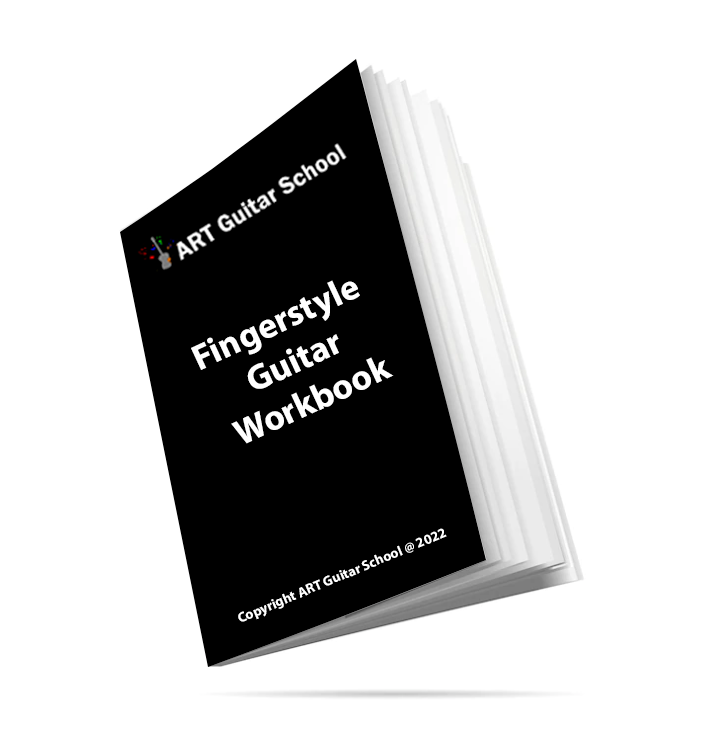
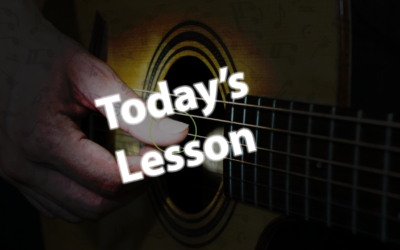
0 Comments